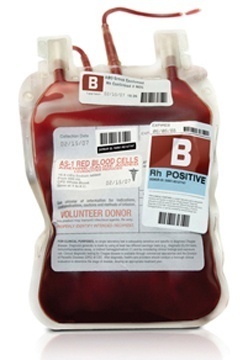Renal Artery Stenosis

Patient with RA stenosis presents with:
A.Hypertension when it affects single kidney and as Renal failure when it affects bilateral kidneys. It is often a part of Atherosclerotic vascular disease.
B. Deterioration of Renal function on ACE inhibitors: A drop in GFR ie .20% rise in serum creatinine levels when patient is on ACEI , raises the possibility of RA stenosis .
C. Flash Pulmonary Edema- Acute pulmonary edema occurring repeatedly associated with Hypertension in absence of any other disease like MI, Arrythmia,thyrotoxicosis can occur in RA stenosis even in patient with Normal RFT and cardiac function. It usually follows sudden increase in BP.
Acute Renal Infarction- can occur causing acute loin pain with hematuria. Hypertension can occur but is not an always symptom. ARF is likely to occur.
Etiology
- Reduced Renal blood flow is associated with >70% RA stenosis usually with distal post-stenotic dilation.
- Atherosclerosis- most common cause mainly in elderly age group.
- Fibromuscular dysplasia in younger age group.
- Large vessel vasculitis- Takayasu’s Arteritis
- Medial sized vessel disease- Polyarteritis Nodosa
Investigations
- RFT usually deranged with increased rennin activity causing Hypokalemia.
- USG may show discrepancy in the size of two kidneys.
- Doppler USG can identify significant RA stenosis.
- Renal Isotope Scanning may show delayed uptake of isotope
- Captopril Renography- delayed DTPA excretion from kidney
- Renal Arteriography is the Definitive investigation- carries risk of Contrast nephopathy
- Non-invasive test like MR Angiography
- Spiral CT Angiography
Management
- Medical management with BP lowering, low dose aspirin and lipid lowering drugs.
- Angioplasty with placement of stent
- Surgical resection of stenosed section and reanastomosis (rare)
- The angioplasty is mostly widely used.





